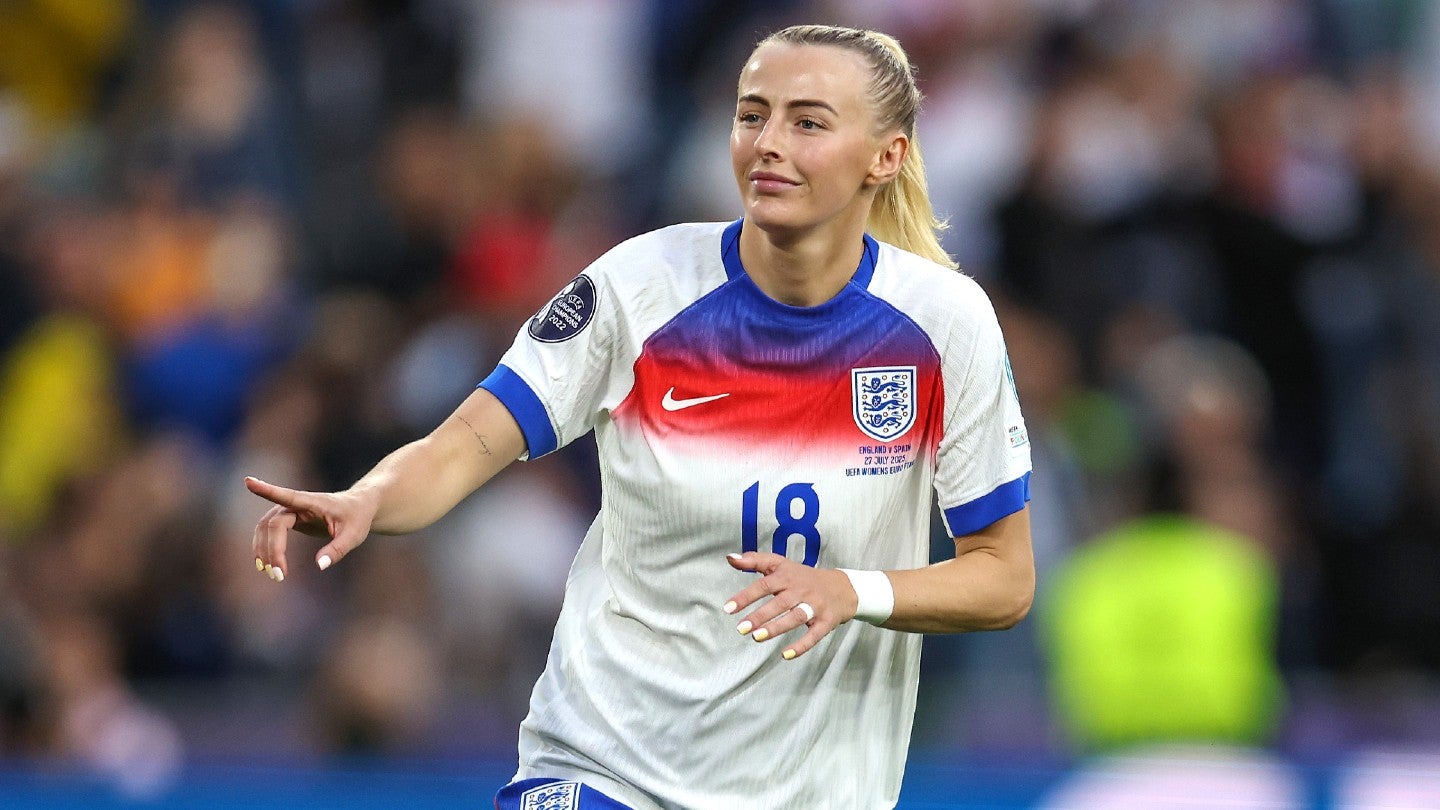
Earlier in August, UK public-service broadcaster BBC and commercial network ITV secured the rights to soccer's 2027 FIFA Women’s World Cup. The deal ensured that the elite quadrennial women’s soccer competition remains on free-to-air coverage in one of the sport’s biggest markets.
This came off the back of a strong UEFA Women’s Euros 2025 that included a showpiece final with a peak audience in the UK of 16.2 million – 12.2 million of those on the BBC, and 4.2 million via ITV.

Discover B2B Marketing That Performs
Combine business intelligence and editorial excellence to reach engaged professionals across 36 leading media platforms.
The obvious viewership gains that indicate the rude health of women’s soccer, with GlobalData Sport associate analyst Tom Subak-Sharpe commenting: "In the lead-up to the 2023 Women’s World Cup, FIFA President Gianni Infantino threatened a broadcast blackout due to five major European nations placing low-value media rights bids and not showing enough interest in airing the action from Australia and New Zealand.
“Now, what the UK has demonstrated with this latest renewal is that FIFA should have no repeat concerns regarding broadcasters' interest in treating the competition seriously and as a viable proposition.”
With broadcast coverage maintained, broadcasters must now consider how best to leverage more platforms than simply linear video when promoting their rights to new audiences.
Speaking to GlobalData Sport (Sportcal) Yitav Topaz, vice president for strategic partnerships at sports technology and AI-powered video content provider firm WSC Sports, explains how free-to-air broadcasters can leverage artificial intelligence solutions to grow the profile of their women’s sports rights.

US Tariffs are shifting - will you react or anticipate?
Don’t let policy changes catch you off guard. Stay proactive with real-time data and expert analysis.
By GlobalDataAs younger audiences migrate to social and digital platforms, how can AI help free-to-air (FTA) broadcasters adapt live sports content for cross-platform distribution in real time – how do you ensure relevance and reach?
Topaz: “To capture younger audiences, broadcasters need to deliver live content instantly, everywhere, and only AI can do that at scale.
“At WSC Sports, we call this “media molecules”: short-form, vertical content pieces, created in real-time and tailored for every platform, algorithm, and fan persona.
“This approach makes content relevant (because it’s personalized for how and where fans watch) and far-reaching (because it performs natively on TikTok, YouTube Shorts, Instagram, OTT apps, and more). It’s how you reach younger audiences who don’t wait for prime time.
“AI automation isn’t just about volume, it’s about making space for better content. Or as [French top-tier soccer division] Ligue 1 put it: ‘Automation gives us time to focus on telling better stories.’”
Given FTA broadcasters face limitations on monetization and rights flexibility compared to streaming platforms, how can AI content help them create new revenue opportunities or enhance viewer engagement without breaching licensing constraints?
“You don’t need premium rights to create premium value. Even with licensing constraints, AI opens new doors for FTA broadcasters to monetize smarter.
“Automated graphics, branded highlight formats, and short-form content create fresh, monetizable inventory, without relying on full-match replays. These assets thrive on digital and owned platforms, generating ad revenue, sponsorships, and traffic without triggering rights renegotiation.
“Real-time engagement also builds retention and first-party insight, key levers for long-term monetization and audience growth.”
Can AI be specifically helpful for the growth of women's sport? Are there examples where AI has helped level the playing field in terms of visibility between men's and women's competitions?
“Women’s sports don’t need to wait for prime time, AI puts them front and center.
“In many ways, women’s sports have more to gain from AI-powered content than their male counterparts.
“For sports looking to grow fast, you can’t rely on casual fans tuning in for a full broadcast. You need to reach them with relevant, short-form highlights, where they scroll, and when they’re watching.
“That’s what AI delivers: real-time, scalable content that’s instantly shareable across TikTok, YouTube Shorts, Instagram, and OTT platforms. It levels the playing field by making moments just as discoverable and engaging as the biggest men’s events, no massive crews or production budgets required.
“And it works. We’ve seen women’s leagues and teams across our network boost visibility, engagement, and brand value simply by getting the right content in front of the right fans.”
How can AI help surface moments in women’s sport that might otherwise go unnoticed, and how does this impact audience growth and sponsor interest?
“If fans can feel it, AI can find it. AI doesn’t just surface the obvious highlights, it learns what resonates. Over time, it picks up on the moments that matter: a key save, a buildup play, a celebration. Especially for women’s sports, where nuance often gets overlooked, nothing slips through the cracks.
“That visibility builds fandom. And fandom fuels sponsor interest. More engagement means more commercial upside, and faster growth.
“It’s not just about highlight clips, either. With tools like Talking Heads, leagues can auto-generate interviews, pressers, and commentary that give women’s teams the editorial presence they deserve. It’s efficient, and it signals parity.”
Women’s soccer is well established, but what about smaller or emerging sports like women’s field hockey? How can AI help increase their profile or create new revenue streams?
“In smaller sports, AI is the difference between obscurity and growth.
“For niche or emerging competitions, reaching new fans where they already are is essential. AI-powered content makes that possible, and scalable.
“With just a very small team, every match becomes dozens of short, platform-ready clips that work across social, web, and apps. These stories build visibility, spark community, and unlock new revenue paths like clip-level sponsorships and branded content partnerships that were previously out of reach.
“For sports looking to scale, AI is the launchpad, and a serious edge over anyone still trying to do it manually.”





